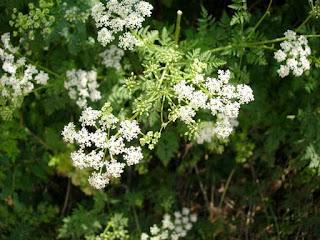Enzymes: A substance produced by a living organism that acts as a catalyst to bring about a specific biochemical reaction. Enzymes are protein molecules that are manufactured by all plant and animal cells. All Cells require Enzymes to survive and function. Enzymes are catalysts, which means that they make chemical reactions to go faster but are not changed by the reaction research has shown that people who have a chronic disease or have low energy levels also have lower enzyme content in their blood , urine, and tissues
Why Are enzymes important:
Enzymes are on of the most essential elements in our body enzymes are more important than the air you breathe the water you drink and the food you eat why is this ? Enzymes are required for your body to function properly because without enzymes you wouldn't be able to breath swallow drink eat or digest your food to do all of these things your body needs some help. you must have enzymes to help perform these tasks. Enzymes are an absolute necessity to live.
Procedure:
1. Fill a pan almost full of water
2. lay the 50 ml graduated cylinder on its side in the pan so that it fills with water completely
3. we put 10 ml of peroxide and 1 ml/ 2ml in a test tube
4. Then put a plug in the test tube
5. after that we placed it in the pan sideways
6. observed it for 10 min
Reflection:
Next time we should put more yeast to see if it bubbled faster or we could have put it in warm water instead of cold water, to see if there was a change in the time of the bubbles
Claim:
The more yeast you have the more bubbles you get
Question:
What circumstances did the enzymes react faster we tested it with 1 ml of yeast then we did it with 2ml and we could clearly see that the 2ml of yeast made it react faster


